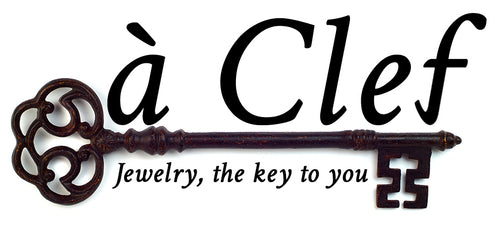What Is a Keshi Pearl?

Keshi pearls come in many shapes and sizes as you can see in the image accompanying this post. As with all things pearly how the term is used is a little complicated. Some believe it only applies to ocean pearls that have no nucleus and are 100% nacre.
When a bead nucleus or piece of mantel tissue is inserted into a pearl oyster or freshwater pearl mussel, the shellfish coats the implant with nacre. Nacre is also used by the shellfish to coat the inside of the shell. That's where we get mother of pearl.
When an oyster or mussel rejects the nucleus or an accident happens, a keshi pearl can result. They are also commonly created in a second harvest from the same shellfish.
Freshwater keshi pearls, which I use in my jewelry designs come from China primarily. Freshwater pearls are nucleated with mantle tissue for a first round harvest. The freshwater mollusks are harvested a second time to gather the non-nucleated pearls that form after the first batch of pearls have been harvested.
Are keshi pearls second rate? No, I'd say they're different. They are cheaper than round Akoya, Tahitian, or South Sea AAAAA ocean pearls. But what isn't. Depending on the quality of the pearls some keshi are much more expensive.
It's the nacre that makes them lovely. The variety of shapes expands the design possibilities.
You'll find several jewelry pieces made from keshi pearls at à Clef, all at affordable prices.
BK



Leave a comment